Yerevan for 1 day
Hello
I visited there for the first time in my life and only 2 days, the city itself actually saw half a day after lunch and half a day before lunch. Here's what I got.
In tripadvisor before the trip, the list of local attractions did not impress me. On the spot, it turned out that the city is good in itself, and there are enough places to see there too. I am an avid traveler and every time I am convinced that it is not about the promoted monuments of history and architecture. As they say, there would be a trip, but there is always something to see. The main thing is to want to feel the place/city/country, to want to see the zest there. If you suddenly think that this is a poor and downtrodden country, then I hope that after my story you will change your mind.
City. In accordance with the general plan of the city, it is located in an amphitheater overlooking Mount Ararat, sacred to Armenians. According to the Bible, this is the same mountain where, after the waters of the Flood began to subside, Noah's ark moored. The mountain itself has two peaks and is located in Turkey. In many photos you will see houses with a pink tint. These are not camera color features and not photoshop. The fact is that the houses are lined with local tuff of various pinkish hues, which is why Yerevan is often called the pink city.
A bit of history. In September 2018, the city will celebrate no less than 2800 years. It is older than Rome and many ancient cities. Moreover, they say that even the approximate date of foundation is known: the order of the ruler of the ancient state of Urartu, which was located on the territory of modern Armenia, on the foundation of the Erebuni fortress (the modern name is Yerevan) has been preserved. Unfortunately, nothing remains of the ancient antiquities in the city, because. The area is prone to earthquakes, sometimes quite strong. The remains of the fortress are located outside the city. Armenia was the first country in the world to recognize Christianity as its official religion, again before Rome and Byzantium. Armenians very reverently and carefully preserve their traditions and through many generations remember their roots. 100 years ago, during the Armenian genocide, many of them fled to other countries and settled all over the world. Now they are actively helping their country. Evidence of this is found throughout the city, and not only in the form of new buildings.
People. Practically everyone speaks or understands Russian, especially the older generation. With young people it is somewhat more difficult, English may be needed here. The city is clean, everyone is dressed quite in a European way. I noticed that their women are very well-groomed, their hair is especially good.
Currency. They pay with Armenian drams everywhere. For informal payments and exchange, US dollars and rubles are the most popular. Often you can pay with a card, which I actively did.
The first day. The first impression is that this is not a foreign country, but a part of our native Soviet Union. The road from the airport to the city center:
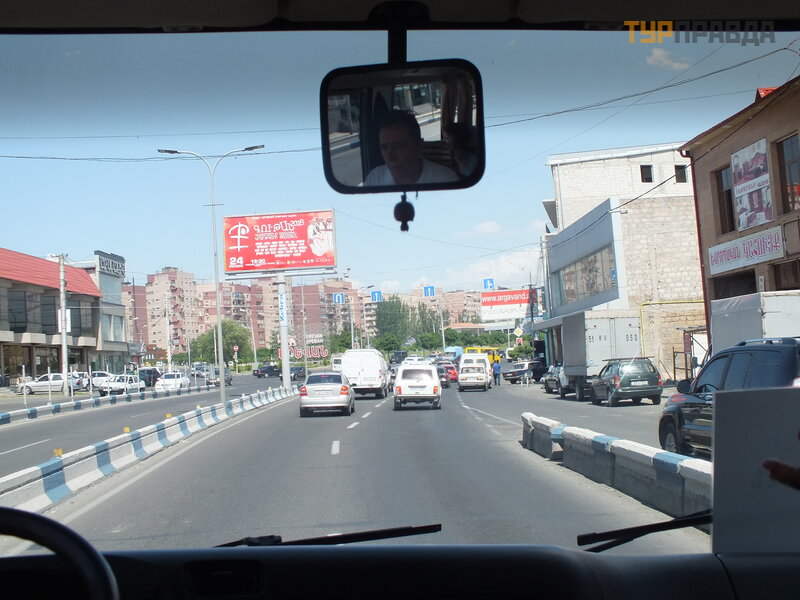
one of the two famous cognac factories : )
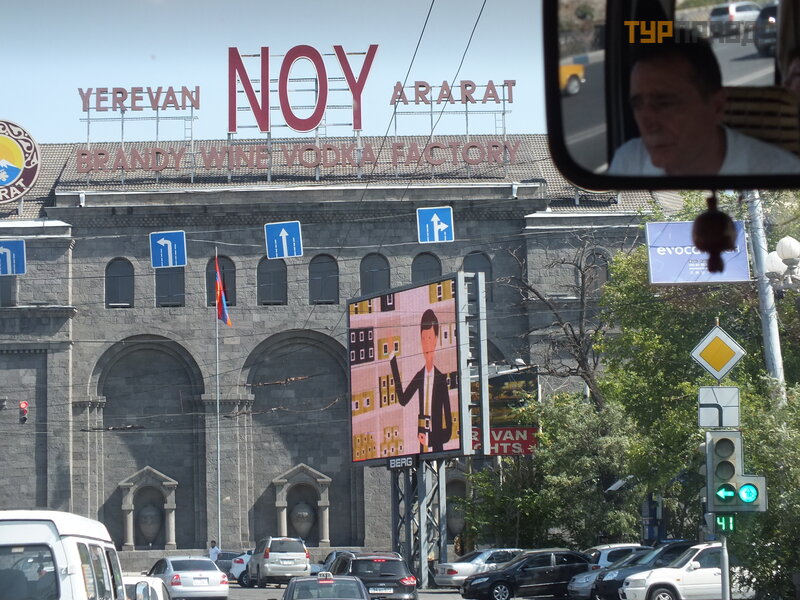
Central Square - Republic Square



There was some kind of peaceful demonstration near the Main Post Office. The people stood quietly, talking among themselves quietly. The police stood at the entrance to the building and did not express any aggression or tension:

There are many parks and squares in the city center, here is one of them. Located behind the central square. Names, unfortunately, I do not know. Landmark - Vernissage is located in the depths.
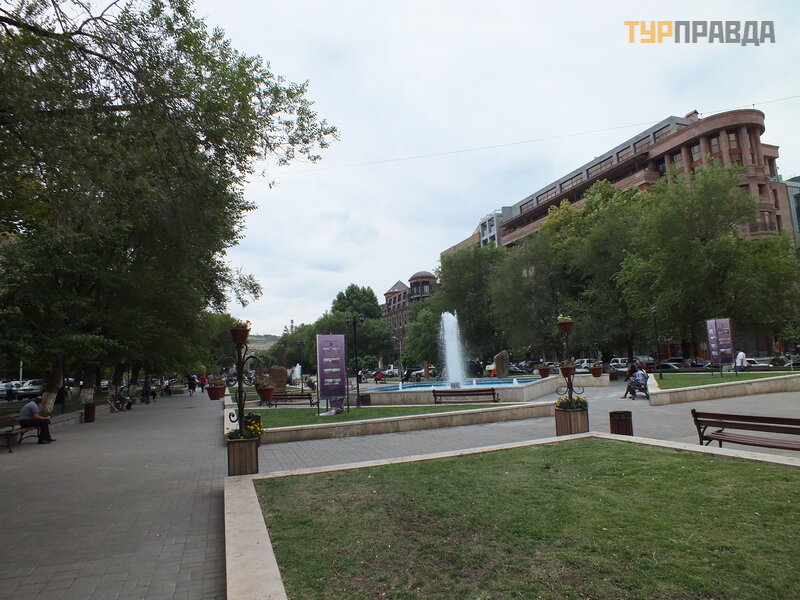



Vernissage is one of the local attractions where works by local artists and craftsmen are sold. A great place to buy gifts and souvenirs from Armenia. I paid in dollars, because I didn’t have local currency, and, as you know, they don’t accept cards there. You can bargain.

Drinking fountains are visible in the top photo. There are these all over the city. You can drink them completely without fear.



I was interested in silver, which is 50% of the layouts. Products are very different, sometimes with a very unusual design. Armenians are also excellent leather and wood craftsmen.

Further behind the vernissage is a monument to the national leader of the 5th century AD, the saint of the Armenian Church, Vardan Mamikonyan. This is the commander under whose command the Armenian army won the battle in 451, thus confirming their right to profess Christianity.

Another small square with a pond and a cafe:

Nearby on the mountain is the modern Church of Gregory the Illuminator, built with the money of one of the patrons:

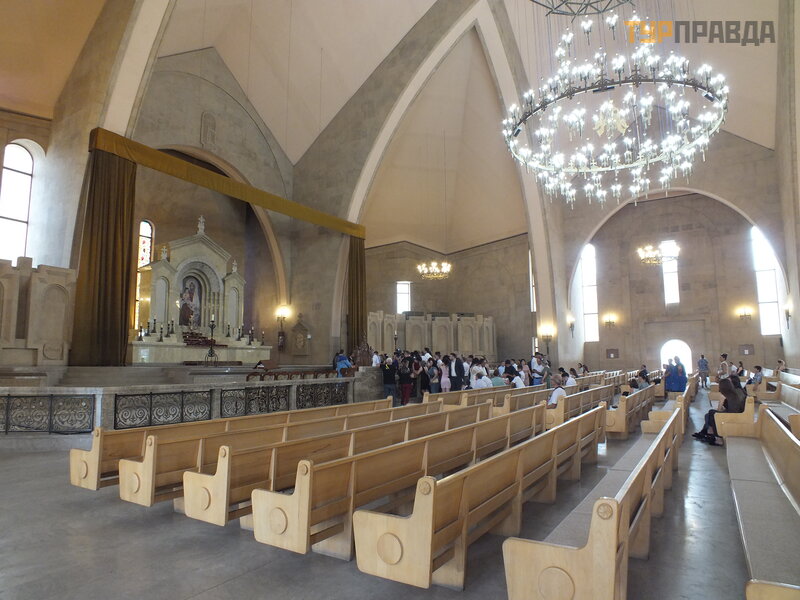
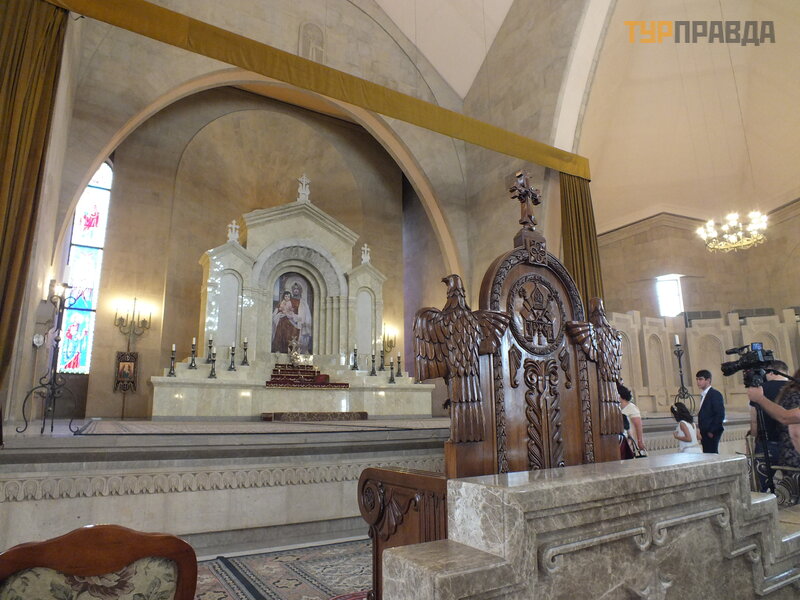

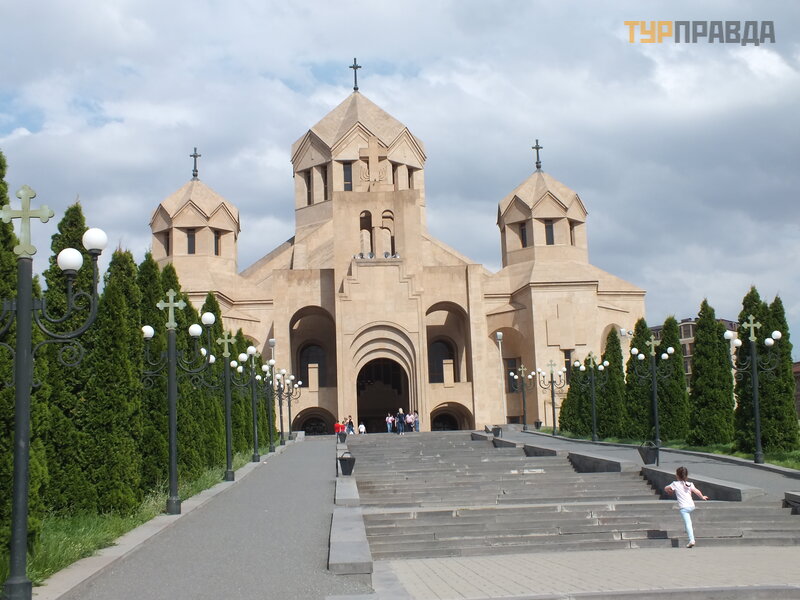
Here are the local "Khrushchevs" of the Soviet era and "slums":


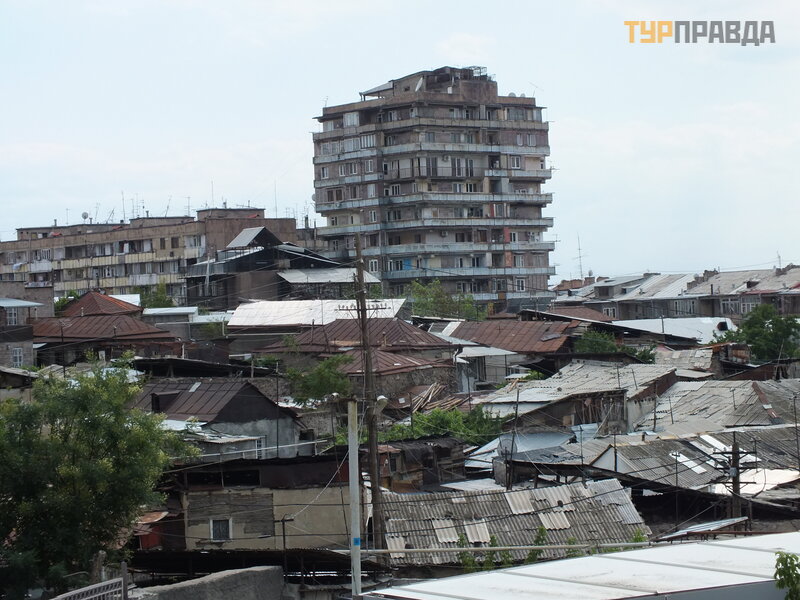
Shopping mall "Rossiya"
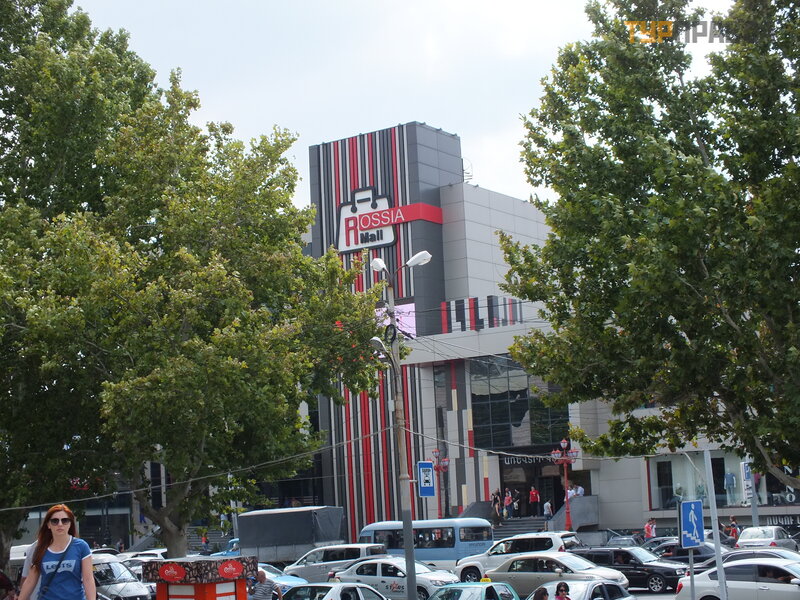
Although the city is being actively built and the old buildings are being replaced by modern ones. Construction is going on all over the city:

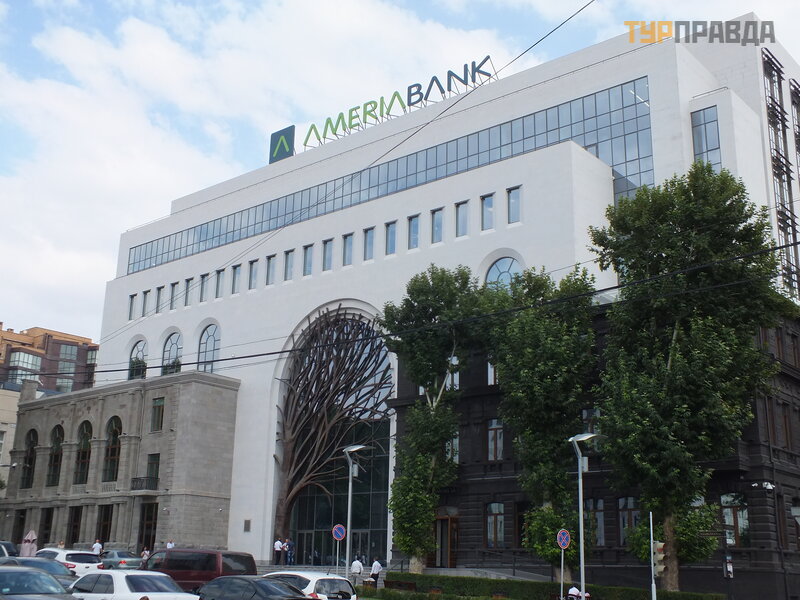

One of the government buildings:
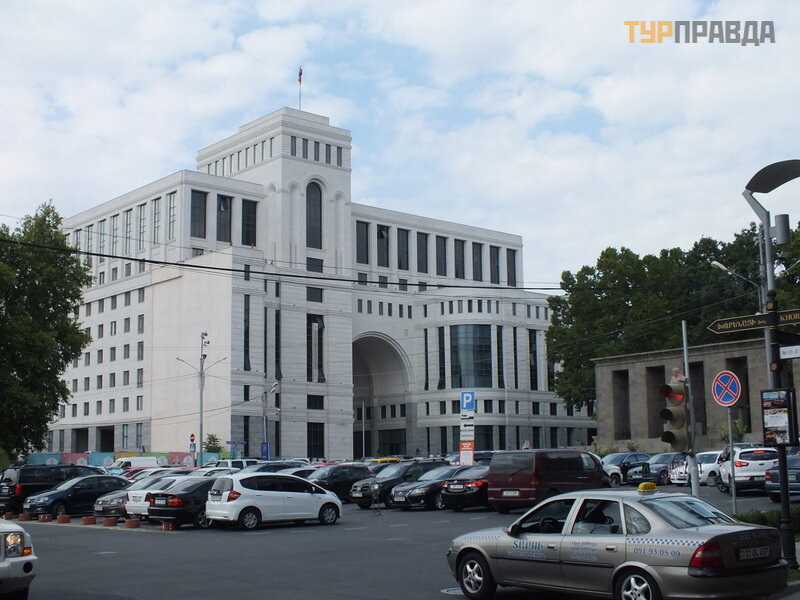
Children's park. People sitting in the shade of trees:
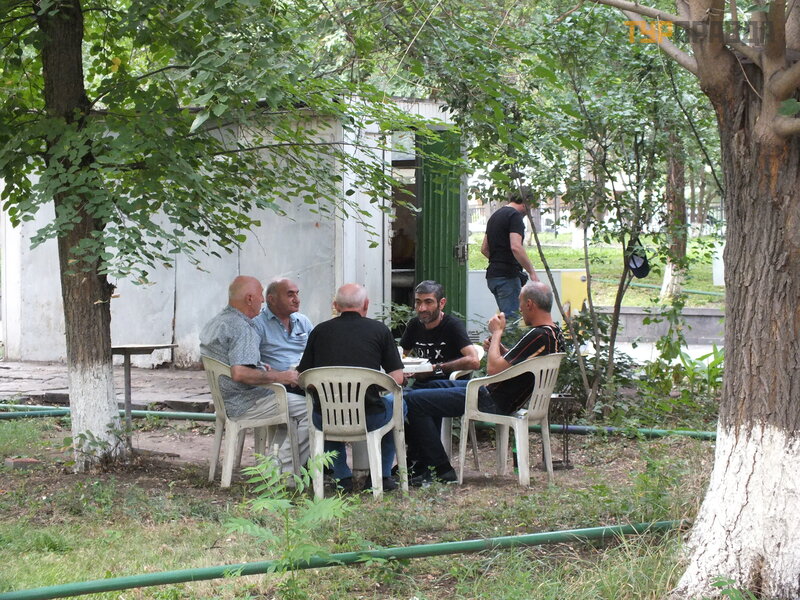
In the park and throughout the city there are identical very solid and expensive benches with the coat of arms of Yerevan (I suspect that the patrons did their best too):
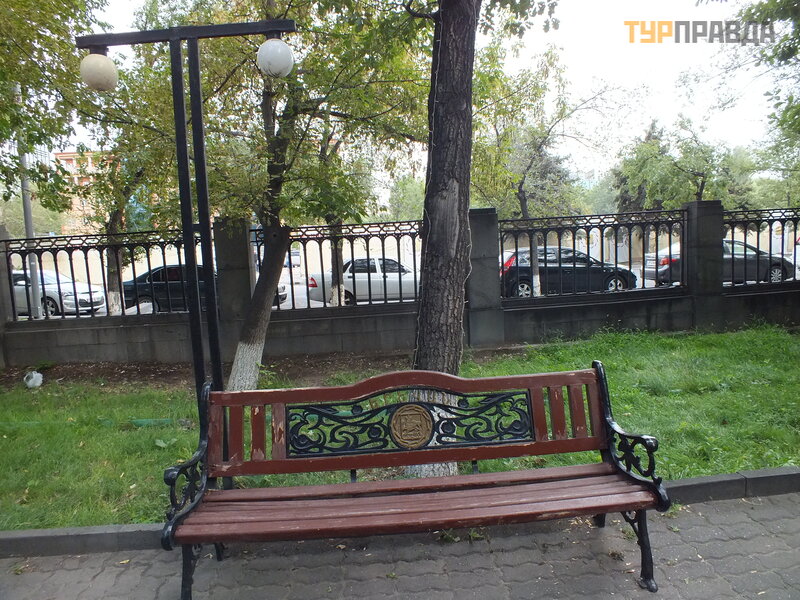
City Hall:
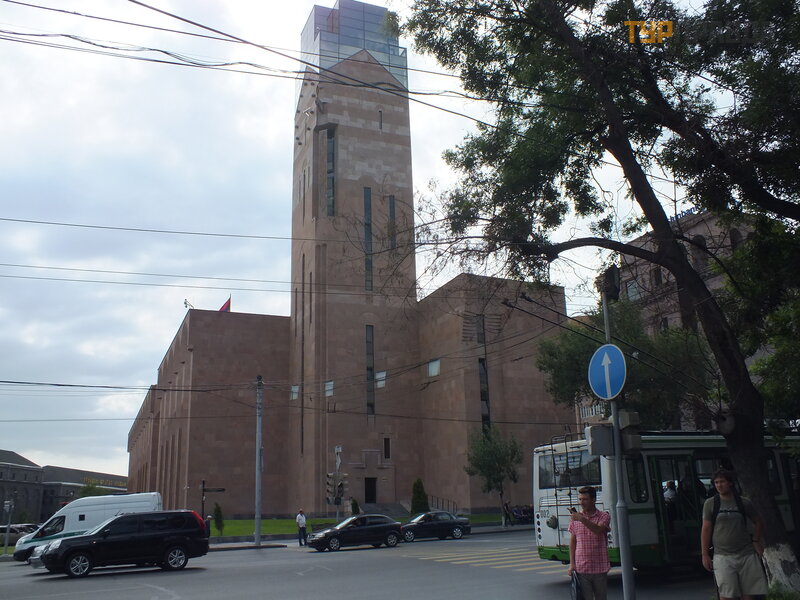
Local shop:

trees dressed in colorful "stockings":
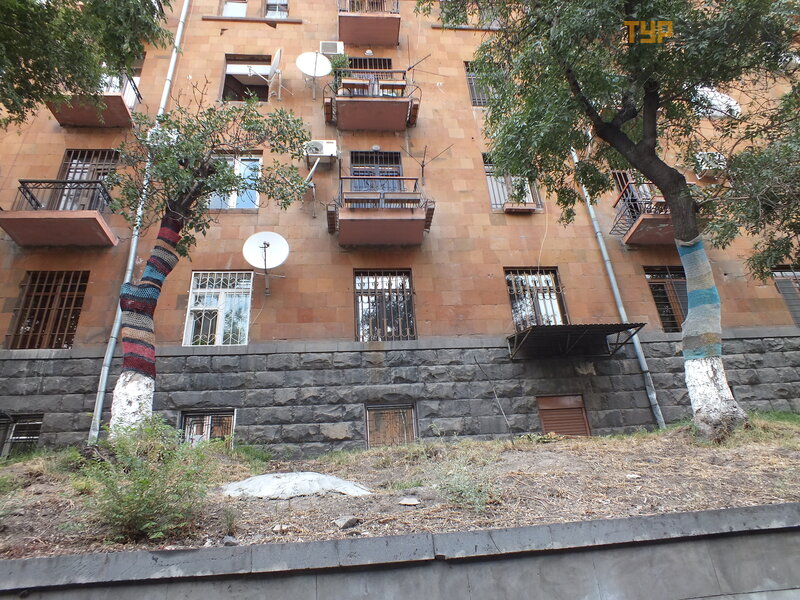
Let's go to the high bank of the Hrazdan River and the Hrazdan Canal
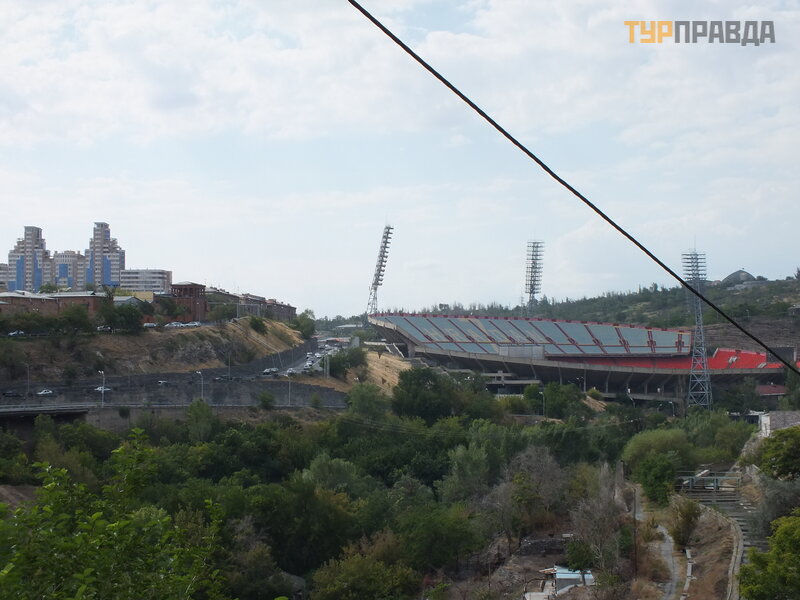
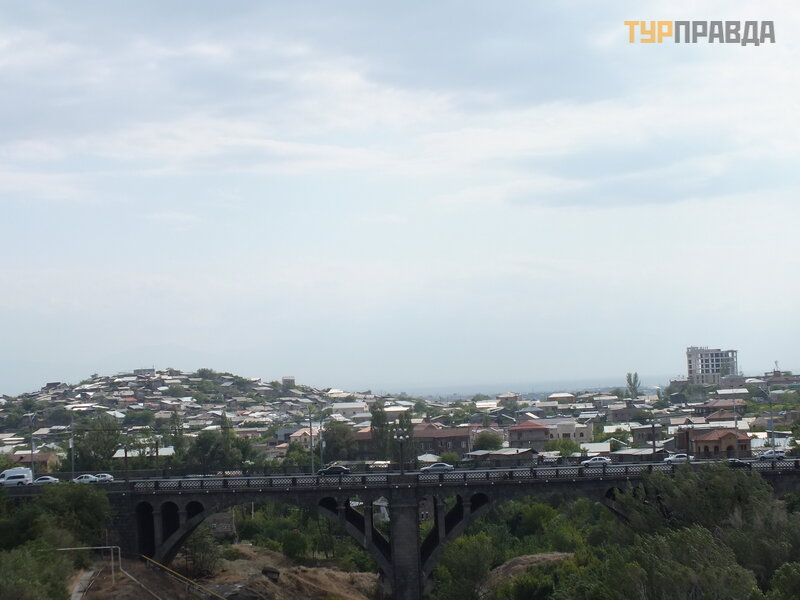
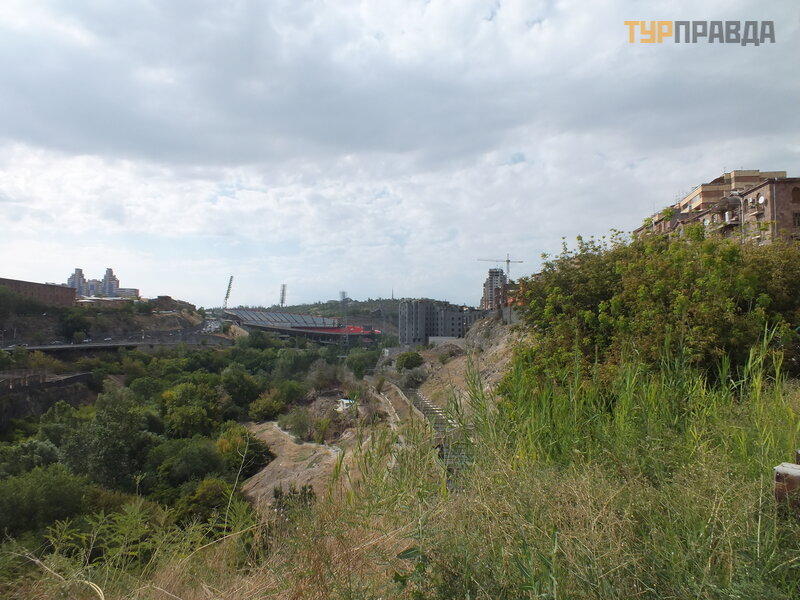
A cafe in the mountain again:

Here, on a hill, is the vicarage of St. Sarkis. According to my observations, Armenian churches are more similar to Protestant ones: inside it is quite ascetic, parishioners sit on benches during services, and priests dress in a black cassock with a white collar:


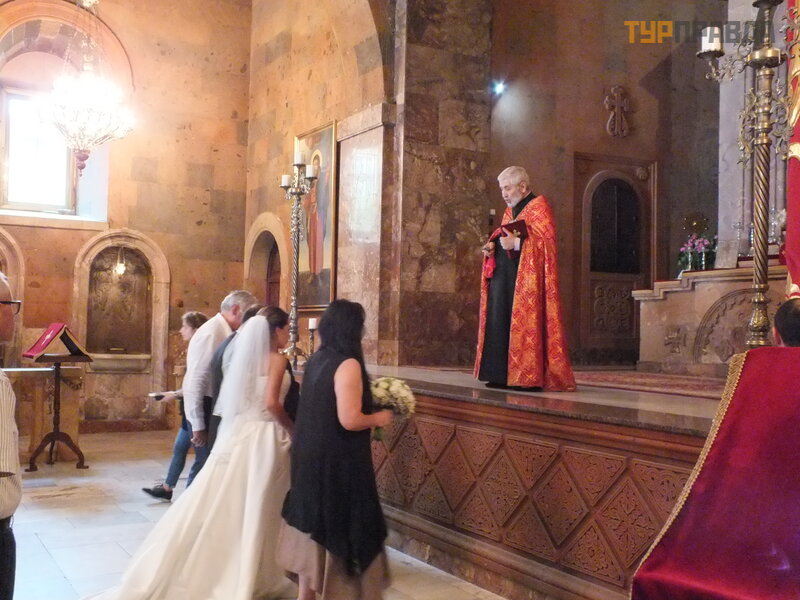
Candles are placed in a separate room in the sand, filled with water. Here, obviously, the texts of prayers are hung:
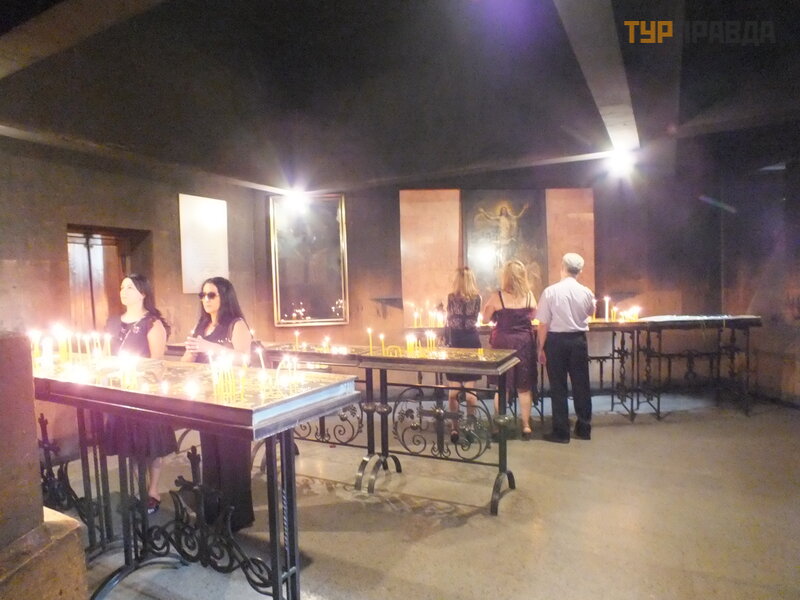
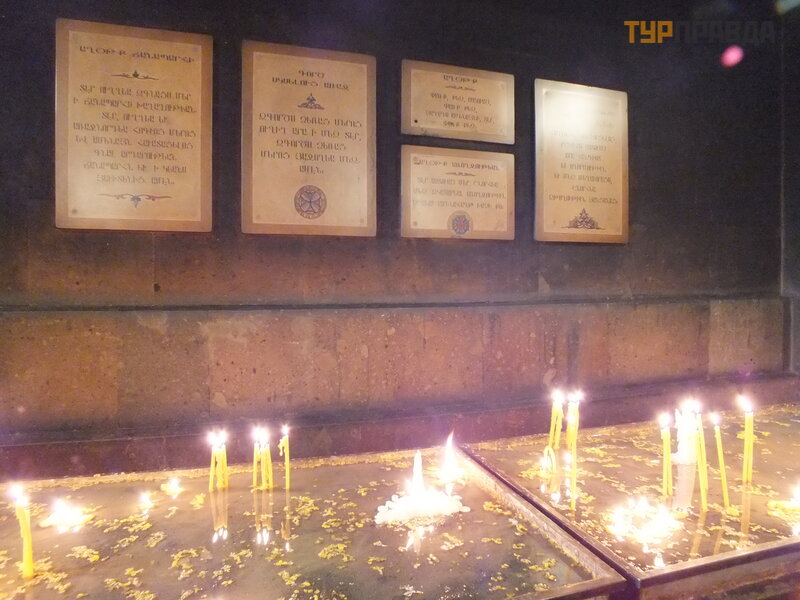
In a separate room, apparently, a special icon:
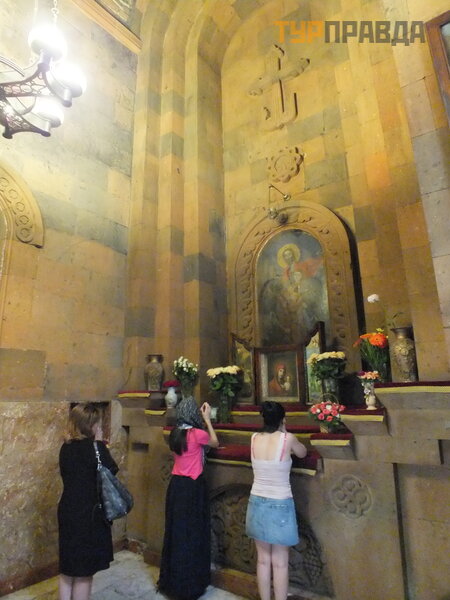
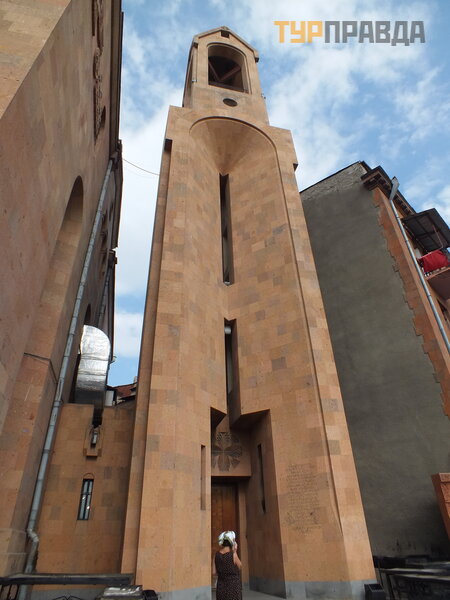
next, we return back towards the central square and meet the building of the central market of the Stalin era:
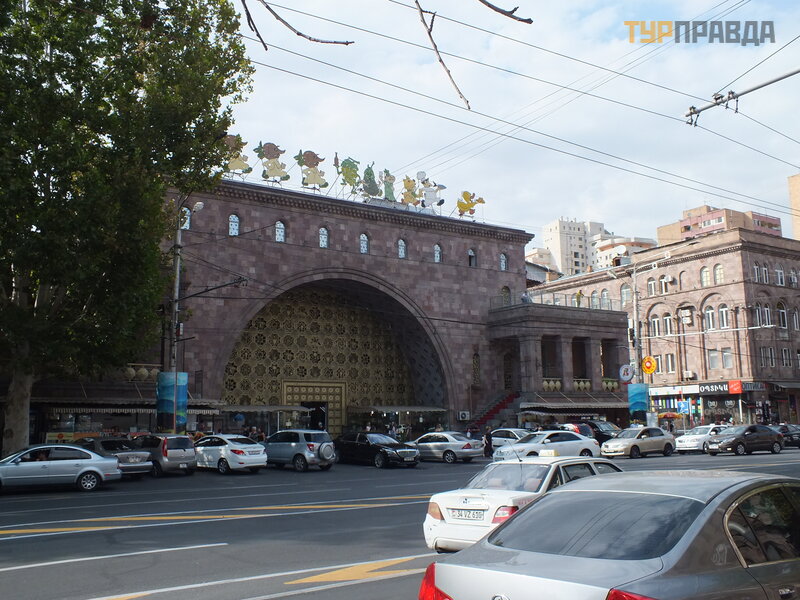
with a beautifully restored facade, which is also of artistic value:

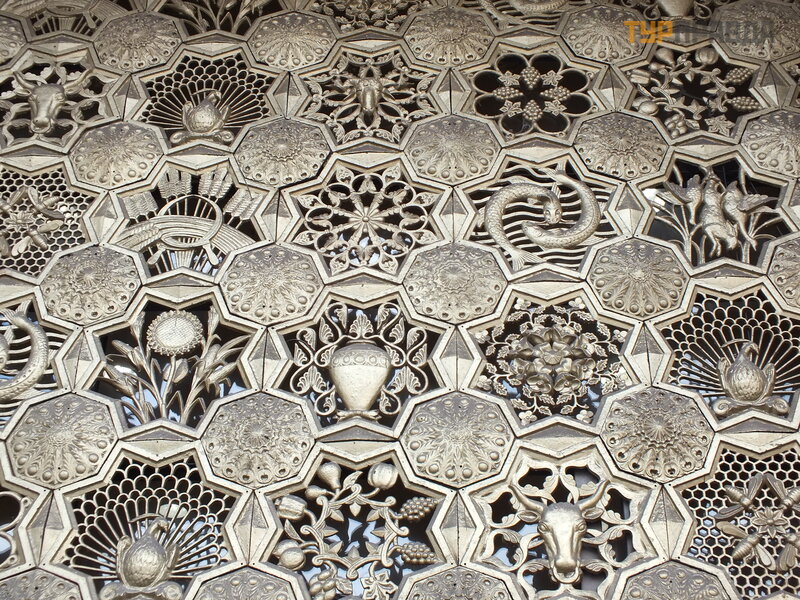
There is a supermarket inside, where I was well stocked with edible gifts from Armenia: sets of dried fruits (photo, unfortunately, no; to get an idea, google "set of dried fruits armenia"), a set of cuts of Armenian smoked meats, chocolate and sweets from the local Candy factory, pomegranate wine. There is also a lot of Russian chocolate and sweets on sale (the taste of childhood : )), which you will not find here in the afternoon with fire.
Armenians traditionally eat a lot of greens, so the supermarket has a separate display case where the greens are sprayed with water mist to preserve their presentation:

In the meat department, you can not only buy butchered and marinated meat, but also make barbecue or bake it while you buy everything else:

There are many different types of lavash in Armenia. I was surprised by the one that is baked right in this store:

Underpass near the central market (similar to ours, right? ):

In Yerevan, many gateways in the city center are artistically painted:

Across the road from the market is the Blue Mosque, restored with Iranian money. Although I was dressed in jeans and a T-shirt, this did not bother anyone, because there is no one at the entrance, and a couple of guards inside also had no complaints. This is a complex of buildings with a cozy courtyard and a fountain where you can sit in silence.







I couldn't resist taking pictures of my favorite windows (I already have a huge collection of photos of windows and doors from everywhere I've been). In this case, I liked the stained-glass windows:

In the niches there are products of Muslim masters and craftswomen (separate greetings to Signora with her story about Iran on this site!!! : ))


Next Shaumyan Square, leading to the Republic Square, with numerous fountains and cafes.


In the evening, after sunset, there was a beautifully illuminated Republic Square and a light and musical show of fountains:








In the morning, the city looks fresh and "rested". Here are some photos of the pedestrian Northern Avenue, where, again, there are a lot of branded shops, restaurants and cafes. Under the avenue itself is a shopping complex. A very pleasant place, including in the evening.




The prospect leads to Freedom Square with the Opera House in the center.

Monument to Aram Khachaturian against the backdrop of the opera house:

Park with sculptures:

Further - France Square (there is a large Armenian diaspora in this country; Charles Aznavour, after whom one of the squares in the city is named, is also from Armenians) and another square with cafes...

and with sculptures from all over the world leading to the cascade:


At the beginning of the square is a monument to Alexander Tamanyan, who created the first master plan of modern Yerevan, approved in 1924. The city is still developing in accordance with this plan.

Cascade (see behind the back of the monument in the photo above) is a monumental sculptural complex, conceived back in Soviet times. Terraced on a steep hillside. On the terraces are sculptures with fountains. It was said that the fountains were supposed to work at 11 o'clock in the morning. I waited until 11-30 (time did not allow any more), but they never turned on. Apparently, the cascade is also very good in the evenings. The first photo is not mine, but the whole cascade is clearly visible here:

You can climb stairs (don't forget to look back! ),





You can also go up on the escalator, which is located on the side inside the art gallery. The gallery is free and open from 8 am to 8 pm. Entrances on the left of each terrace:



In the gallery, again, there are interesting sculptures from all over the world:


A stunning view of the city and Mount Ararat opens from above:



Returned back by the same route. Another square:

And more outdoor cafes:

On the way, in a company store on Northern Avenue, I bought myself beautiful Armenian shoes, for which the country has been famous since the times of the Union, at least. (Tip - purple signs; there are a network of such stores around the city. ) The quality is no worse than the vaunted HÖ GL, the price is three times lower, plus they have some kind of discount system, according to which I received discounts for the 2nd and 3rd pair . Although my legs are specific, I now wear them, as they say, “vzula and zabula”. Local shoes and bags are also the things that are brought from Armenia.
From the windows of the airport, Mount Ararat in full glory (the Turkish border is within easy reach! ). Two peaks are clearly visible in the photo - the top one on the right in the cloud.

During the departure, we managed to see the old airport building, which thundered throughout the Union due to its unusual design in the form of a flying saucer with a control tower in the center (see the sand-colored building on the left in the photo below). Unfortunately, the building is now abandoned and is slowly falling into disrepair. Locals say that they even intended to demolish it, but the public rebelled.

During takeoff, I observed Armenian villages with numerous greenhouses:

greenhouses again + uninhabited territory and Turkey closer to the horizon:

That's all.
Respectfully, and all that stuff….







